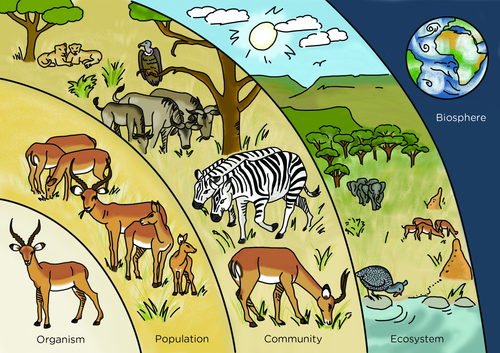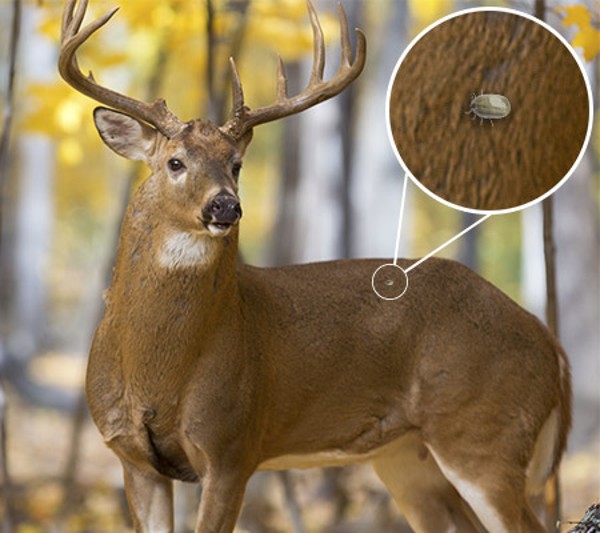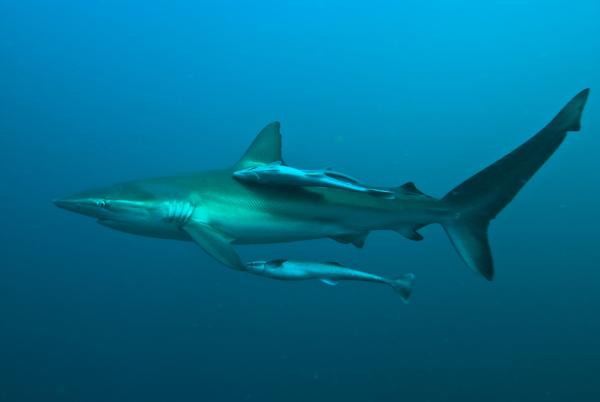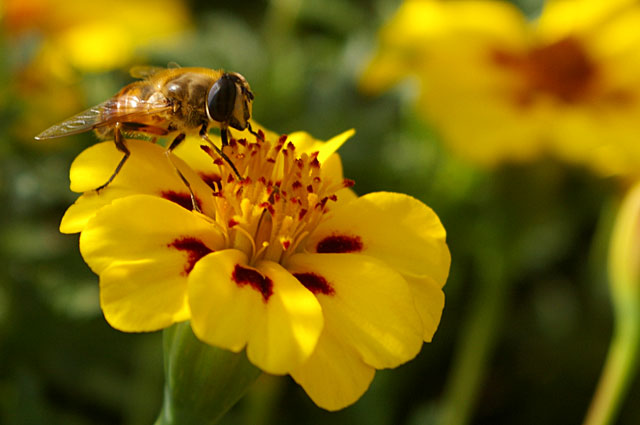1. INTRODUCTION:
Scientists have identified nearly two million of Earth´s species, but they believe there are actually many more. To classify all living things we study their cellular structure and their nutrition. According to this, living things can be classified into five groups called kingdoms.
Scientists have identified nearly two million of Earth´s species, but they believe there are actually many more. To classify all living things we study their cellular structure and their nutrition. According to this, living things can be classified into five groups called kingdoms.
Organisms of the same kingdom share similarities and are different from organisms in other kingdoms.
1. THE PLANT KINGDOM
2. THE ANIMAL KINGDOM
3. THE FUNGI KINGDOM
4. THE PROTIST KINGDOM
5. THE MONERA KINGDOM
1. THE PLANT KINGDOM
2. THE ANIMAL KINGDOM
3. THE FUNGI KINGDOM
4. THE PROTIST KINGDOM
5. THE MONERA KINGDOM
2. THE 5 KINGDOMS:
1. ANIMAL KINGDOM
- Animals are multicellular.
- They can´t make their own food, so they get the energy they need to survive by feeding on other living things (heterotrophic).
- Their cells have nucleus (eukaryotic).
- Most animals have the ability to move.
- Type of organism: All animals, including you!
2. PLANT KINGDOM
- Plants are multicellular.
- They make their own food (autotrophic) through a process called photosythesis. During photosynthesis plants absorb carbon dioxide and release oxygen.
- Their cells have nucleus (eukaryotic).
- They can´t move.
- Type of organism: All plants, except for the simplest single-celled algae.
3. FUNGI KINGDOM
- Fungi can be unicellular or multicellular.
- Fungi can´t make their own food, but they obtain the nutrients they need from the remains of dead plants and animals (heterotrophic).
- Their cells have nucleus (eukaryotic).
- Like plants, they can´t move.
- Fugi can be very useful - penicillin is made from moulds, yeast is used in baking and brewing, and we can eat mushrooms.
- Type of organism: Fungi including mushrooms, toadstools and yeasts.
4. PROTIST KINGDOM (Algae and protozoa)
- Protists are usually unicellular, but some are multicellular.
- Their cells have nucleus (eukaryotic).
- Most protists are found in water.
- Type of organism: Protists including single celled algae, slime moulds and amoeba.
- Algae can be unicellular and multicellular.
- They make their own food but have different parts to plants (autotrophic).
b. Protozoa:
- Protozoa are unicellular.
- Feed on other living things (heterotrophic).
5. MONERA KINGDOM
- All organisms in this kingdom are unicellular and are so small.
- They are the simplest organisms on Earth.
- Bacteria belong to this kingdom.
- Some bacteria produce their own food (autotrophic) and other feed on other living things (heterotrophic).
- Their cells have no defined nucleus.
- They can be found everywhere (on land, in the air, in water and inside other things.
- We use some bacteria to make food, such us cheese and yoghurt.
SUMMARY CONTENT
ANIMAL
KINGDOM
|
PLANT
KINGDOM
|
FUNGI
KINGDOM
|
PROTIST
KINGDOM
|
MONERA
KINGDOM
|
|
CELL TYPE
|
Eukaryotic
(Their cells have nucleus)
|
Eukaryotic
(Their cells have nucleus)
|
Eukaryotic
(Their cells have nucleus)
|
Eukaryotic
(Their cells have nucleus)
|
Prokaryotic
(Their cells have no defined
nucleus)
|
BODY FORM
|
Multicellular
|
Multicellular
|
Unicellular/
Multicellular
|
Unicellular/
Multicellular
|
Unicellular
|
NUTRITION
|
Heterotrophic
|
Autotrophic
|
Heterotrophic
|
Autotrophic/
Heterotrophic
|
Autotrophic/
Heterotrophic
|
HABITAT
|
Almost everywhere - in the sea, in freshwater, and
on land
|
Almost everywhere - in the sea, in freshwater, and
on land
|
Almost everywhere - in the sea, in freshwater, and
on land
|
Almost everywhere - in the sea, in freshwater, and
on land
|
Everywhere
|
EXAMPLES
|
Cats, snails, worms, humans…
|
Trees, herbs, flowers,
bushes, moss…
|
Mushrooms, toadstools, mould,
yeast…
|
Single celled algae,
paramecium, , amoeba…
|
Bacteria
|
3. FROM INDIVIDUAL TO COMMUNITY.

Organisms in the same area form groups. Those that belong to the same species are called a population. Populations interact with each other and form a community. Populations interact not only with their physical environment.
*An ecosystem includes all the living and non-living things (physical environment) in a specific area and the interaction that occurs between them.
*The biosphere is the global ecosystem which contains all other ecosystems.
3. RELATIONSHIPS BETWEEN LIVING THINGS.
There are different types of relationships between organisms. The relationships between living things can be intraspecific and interspecific.
A. INTRASPECIFIC RELATIONSHIPS
- Reproduction: Living things of the same species interact and breed to produce more members of the same species.
- Protection: Some species of animals live in herds to protect themselves from predator attacks.
- Feeding: Some species hunt in packs in order to catch and kill larger animals for food.
- Competition: Living things of the same species compete for resources in an area (food, water, space, light...)
B. INTERSPECIFIC RELATIONSHIPS
- Predation (+, -): It is a relationship in which one organism kills and eats another. Lions (predators) eat zebras (prey).


1. Parasitism (+, -): It is a relationship that benefits one organism (the parasite), and can harm the other organims (the host). Some common parasites are fleas, leeches, ticks and tapeworms.



SYMBIOSIS VIDEO:

No hay comentarios:
Publicar un comentario